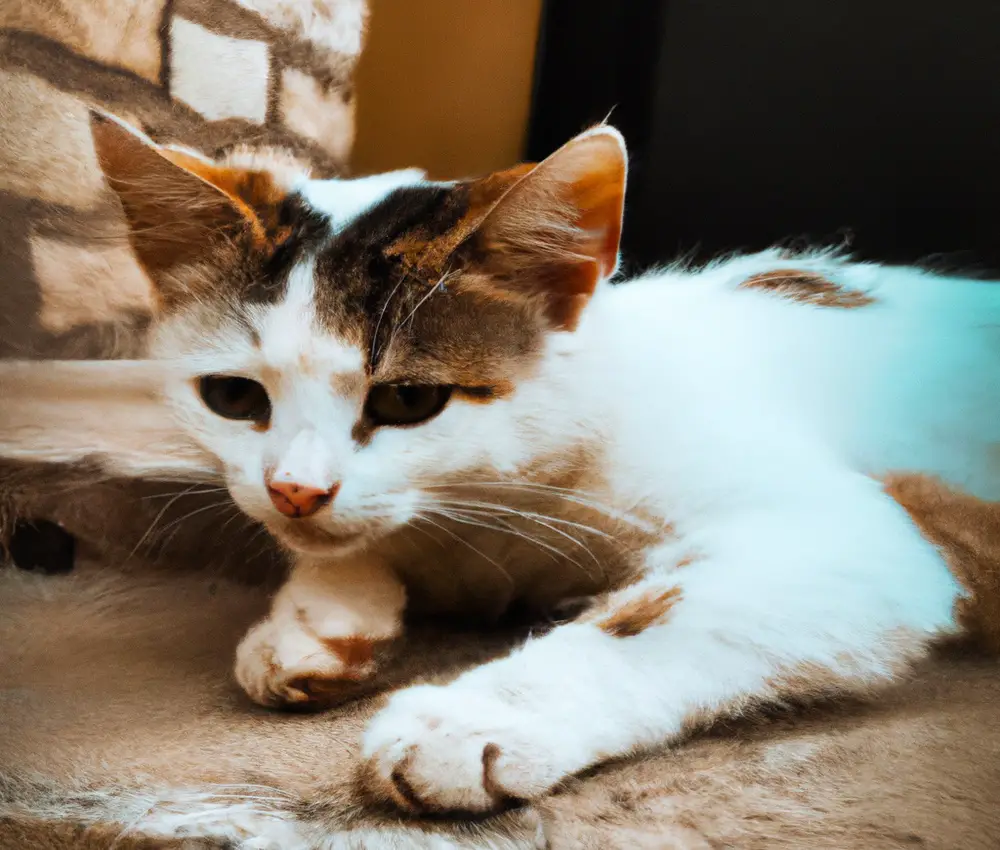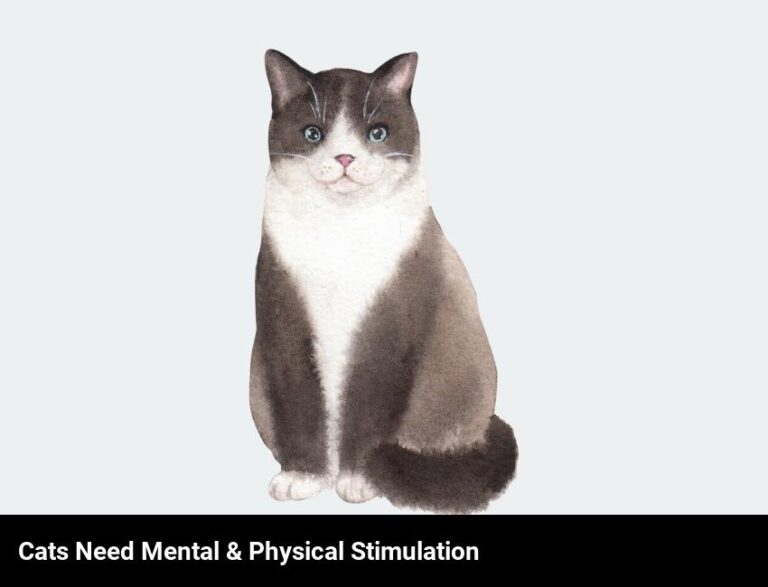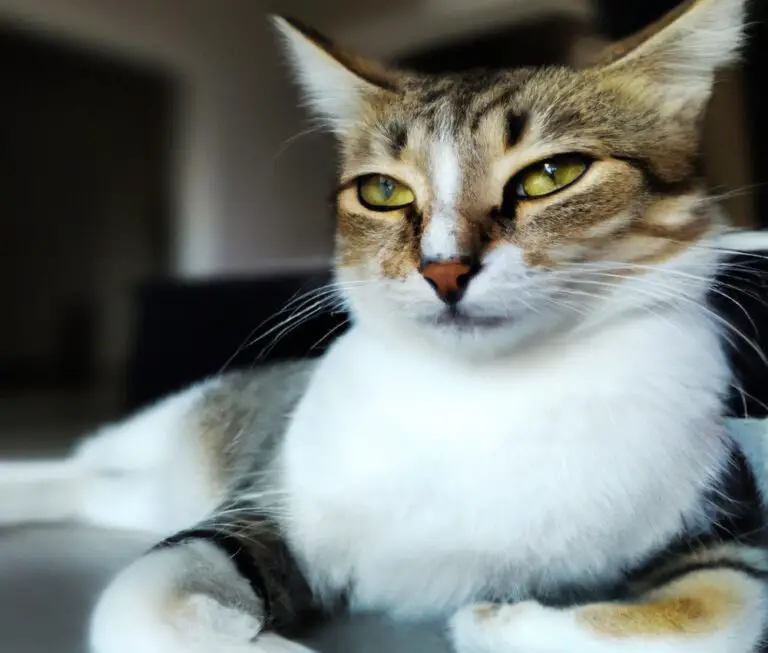What Is The Difference Between Pate And Regular Cat Food?
Key Takeaways:
- Pate has a smooth texture while regular cat food has more variety in texture.
- Pate is usually made from a single protein source, while regular cat food can have mixed ingredients.
- Regular cat food often contains chunks or shreds, while pate is more easily digestible.
- Pate is a popular option for picky eaters or cats with dental issues.
Are you a proud cat parent who wants the best for your feline companion? Then you’ve probably found yourself standing in the pet food aisle, bewildered by the array of options available.
One question that often arises is the difference between pate and regular cat food.
As a devoted cat lover, I understand the importance of providing a nutritious and delicious diet for our furry friends. In this article, we’ll explore the contrasting characteristics of pate and regular cat food, helping you make an informed decision about what’s best for your kitty.
Get ready to navigate the world of feline cuisine like a pro!
| Pâté | Regular Cat Food |
|---|---|
| Has a soft, smooth texture | Can have various textures, such as ground, chunks or flakes |
| Contains high moisture content | May have lower moisture content |
| Typically made with real meat as the main ingredient | Can contain meat by-products or fillers |
| May have a stronger aroma due to higher meat content | Can have a milder aroma |
| Suitable for cats with dental issues or picky eaters | May be preferred by cats who prefer variety in texture |
Understanding the Basics of Cat Food
Cat food is a fundamental part of a cat’s diet.
It provides the necessary nutrients for their health and well-being.
What is Cat Food?
Cat food is specially formulated food made for cats.
It is essential for meeting their nutritional needs and keeping them healthy.
Cat food typically contains a blend of protein, fats, carbohydrates, vitamins, and minerals that are specifically balanced for a cat’s dietary requirements.
There are different types of cat food available, such as dry kibble, wet food, and semi-moist food.
The choice of cat food depends on factors like the cat’s age, health, and personal preferences.
It is important to choose a cat food that meets the nutritional needs of your feline friend.
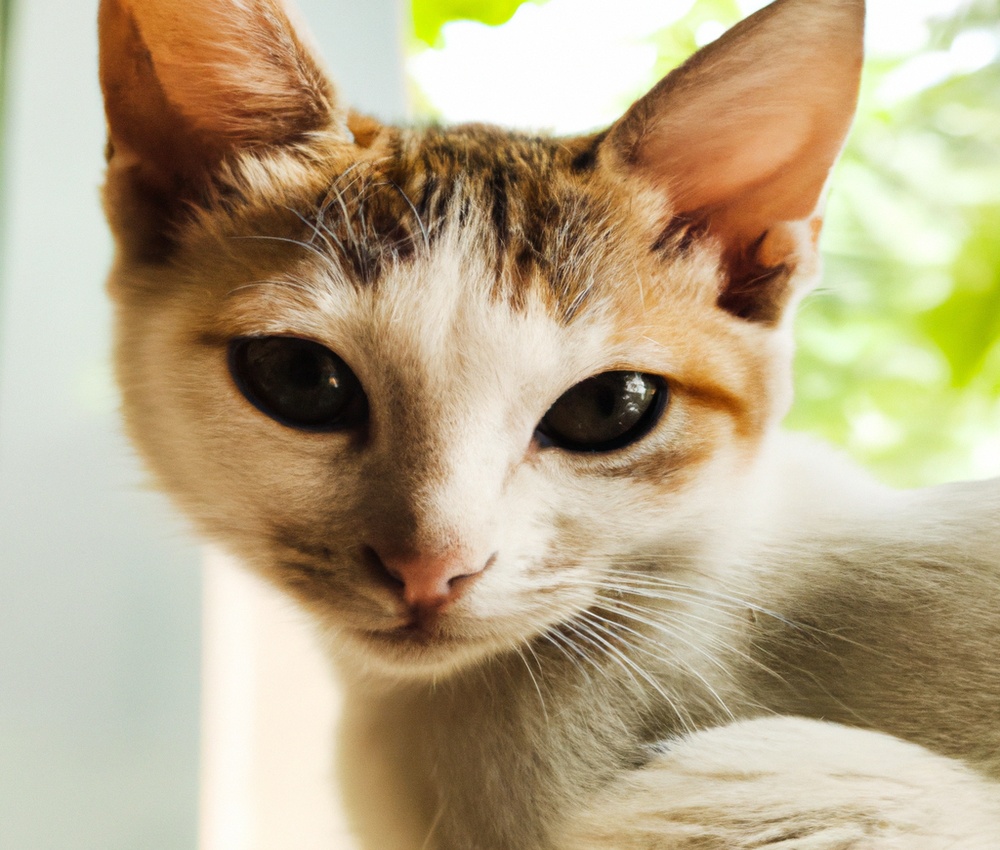
Why is Cat Food Important?
Cat food is important because it provides the essential nutrients and vitamins that cats need to thrive.
A balanced diet supports their overall health, including their immune system, coat, and digestion.
Additionally, cat food is designed specifically for their nutritional needs, unlike human food, which may lack these essential components.
Feeding cats appropriate cat food helps prevent nutritional deficiencies and ensures they receive the optimal nutrition they need to lead a happy and healthy life.
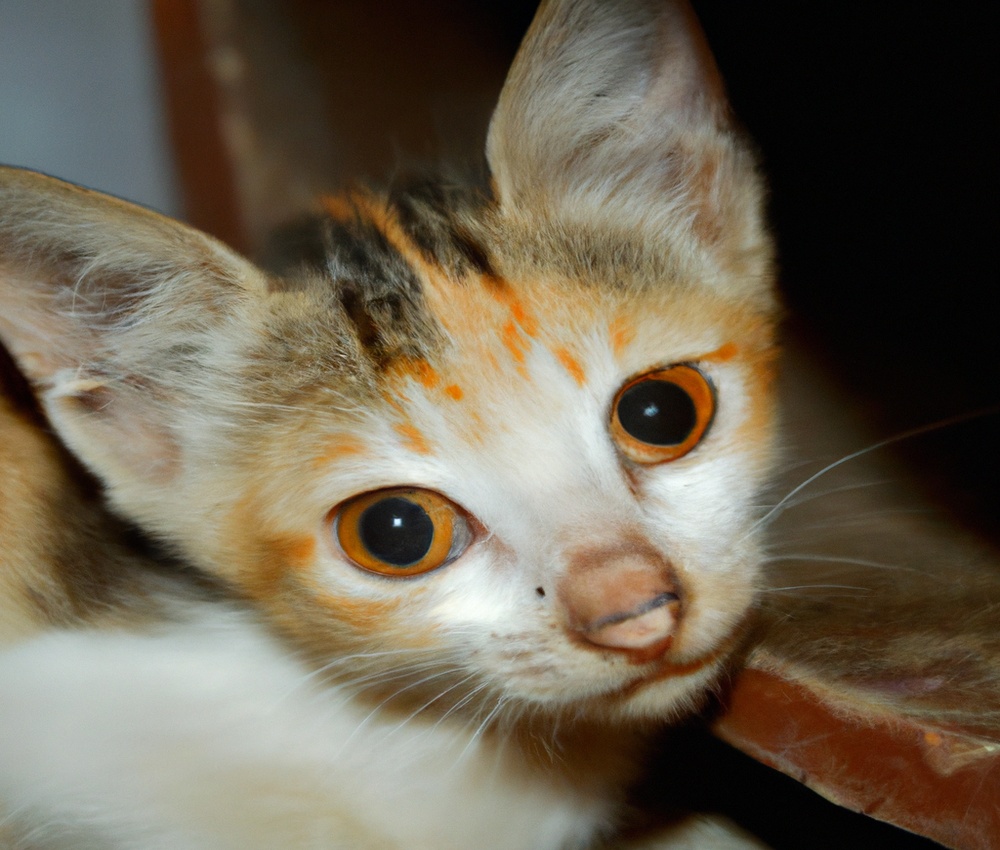
Different Types of Cat Food
When it comes to cat food, there are different types available for your feline friend.
Regular Cat Food
Regular Cat Food is the standard type of cat food you’ll typically find in stores. It comes in various flavors, such as chicken, fish, and beef, and is formulated to provide a balanced diet for your cat.
Regular cat food is usually available in both wet and dry forms, giving you options based on your cat’s preferences.
It’s important to choose a high-quality regular cat food that meets your cat’s nutritional needs and supports their overall health.
Ingredients in Regular Cat Food
Regular cat food typically includes a combination of meat, vegetables, grains, and other essential ingredients. Some common ingredients you may find in regular cat food include chicken, beef, fish, corn, rice, and various vitamins and minerals.
These ingredients provide the necessary nutrients for a cat’s overall health and well-being.
Additionally, regular cat food may also contain fillers and preservatives to enhance taste and ensure product freshness.

Benefits and Drawbacks of Regular Cat Food
Regular cat food has both benefits and drawbacks.
Benefits:
- Convenience: It’s widely available in stores and online, making it easy to find and purchase.
- Variety: There are many flavors and brands to choose from, catering to different taste preferences and dietary needs.
- Balanced Nutrition: Many regular cat foods are formulated to provide a balanced diet, with the necessary nutrients for your cat’s health.
Drawbacks:
- Fillers: Some regular cat foods contain fillers like grains, corn, and by-products that may not provide optimal nutrition for your cat.
- Quality: The quality of ingredients used in regular cat food can vary widely, with potentially lower-quality ingredients being used in some brands.
- Processing: The processing methods used for regular cat food can result in a loss of some nutrients.
How to Choose the Right Regular Cat Food for Your Cat
When choosing regular cat food for your furry friend, there are a few key factors to consider.
- Read the ingredients: Look for high-quality protein sources like chicken or fish, and avoid fillers and artificial additives.
- Consider your cat’s age and health: Kittens, adult cats, and seniors have different nutritional needs. Talk to your veterinarian to determine the best formula for your cat’s life stage and any specific health concerns.
- Check for AAFCO certification: Look for cat foods that have been tested and meet the standards set by the Association of American Feed Control Officials (AAFCO. This ensures that the food provides complete and balanced nutrition for your cat.
- Observe your cat’s preferences: Each cat has unique tastes, so pay attention to what your cat enjoys. If they have any allergies or sensitivities, choose a food that is specifically formulated to address those issues.
By taking these factors into account, you can choose the right regular cat food that will meet your cat’s nutritional needs and keep them happy and healthy.
Cost of Regular Cat Food
The cost of regular cat food can vary depending on various factors, such as brand, quality, ingredients, and packaging size. On average, a 3-pound bag of regular dry cat food can cost around $5 to $10, while a 5.5-ounce can of wet cat food typically ranges from $0.50 to $2.
However, prices may fluctuate depending on location and any discounts or promotions available.
It’s important to compare prices and consider your cat’s specific dietary needs when determining the best option for your budget.
FAQ: Can Regular Cat Food Cause Allergies?
Regular cat food can indeed cause allergies in cats. Some common allergens found in regular cat food include grains, such as wheat and corn, as well as by-products and artificial additives.
These allergens can lead to skin irritation, stomach upset, and other allergic reactions.
It’s important to read the ingredients carefully and consider switching to a hypoallergenic or limited ingredient diet if your cat is experiencing allergy symptoms.
Pâté Cat Food
Pâté cat food is a type of wet cat food that has a smooth and paste-like consistency.
It is made by blending high-quality ingredients, such as meat or fish, into a smooth texture that is easy for cats to eat and digest.
Unlike other types of cat food, pâté does not have any large chunks or pieces of food.
It is a popular choice for cats who have dental issues or are picky eaters.
Some benefits of pâté cat food include providing hydration and delivering essential nutrients to support your cat’s overall health.
Ingredients in Pâté Cat Food
Pâté cat food typically contains a blend of meat, poultry, or fish as the main ingredient.
Other common ingredients include water, broth, and various additives like vitamins and minerals.
Some pâté cat foods may also include vegetables or grains.
It’s important to check the individual product’s ingredients list to ensure you’re providing your cat with a balanced and nutritionally appropriate diet.
Benefits and Drawbacks of Pâté Cat Food
Pâté cat food offers several benefits, but it also has some drawbacks to consider.
One of the main advantages is its smooth texture, which makes it easier for cats with dental issues or picky eaters to consume.
Pâté also tends to be quite palatable, appealing to most cats.
However, it’s important to note that pâté can lack variety in terms of ingredients, which may result in imbalanced nutrition.
Additionally, some cats may not enjoy the texture or taste of pâté.
It’s crucial to assess your cat’s preferences and nutritional needs before solely relying on pâté.
Popular Brands of Pâté Cat Food
When it comes to popular brands of pâté cat food, there are several options available in the market. Some of the well-known brands include:
- Royal Canin: Known for their high-quality ingredients and balanced nutrition, Royal Canin offers a variety of pâté cat food options tailored to different cat breeds and life stages.
- Hill’s Science Diet: With a focus on science-based nutrition, Hill’s Science Diet provides pâté cat food that supports overall health and wellness. They offer options for specific dietary needs, such as weight management and sensitive stomachs.
- Purina Pro Plan: Purina Pro Plan offers a range of pâté cat food formulas that are formulated to meet the nutritional needs of cats. They have different flavor varieties and options for cats with special dietary requirements.
Cost of Pâté Cat Food
The cost of pâté cat food can vary depending on the brand, quality, and quantity you purchase.
Generally, pâté cat food tends to be more expensive than regular cat food options.
On average, a can or pouch of pâté cat food can range from $0.50 to $2.00.
It’s important to consider your budget and your cat’s dietary needs when choosing the right cat food for them.
Keep in mind that higher-priced brands may offer better quality ingredients, but you can also find affordable options that still provide adequate nutrition for your furry friend.
The Key Differences Between Pâté and Regular Cat Food
Pâté and regular cat food differ in terms of texture, taste, nutritional composition, digestibility, and suitability for special dietary requirements.
- Texture and Moisture Content
- Taste and Palatability
- Nutritional Composition
- Digestibility and Digestive Health
- Special Dietary Requirements
- FAQ: Can Cats Be Fed a Combination of Pâté and Regular Cat Food?
Texture and Moisture Content
Texture and moisture content are the key factors that set pâté and regular cat food apart.
Pâté has a smooth and creamy texture, while regular cat food comes in various forms like chunks, shreds, or flakes.
Pâté is typically more moist, making it easier for cats to eat and digest.
Regular cat food may have a lower moisture content, which can be compensated for by ensuring cats have access to fresh water.
Taste and Palatability
Taste and palatability are key factors to consider when choosing cat food. Cats have specific preferences and finicky taste buds.
Pâté, with its smooth texture and blended ingredients, can be more enticing to cats than regular cat food.
Pâté often has a richer flavor due to the higher moisture content and variety of ingredients. Regular cat food, on the other hand, may have a different consistency and taste profile, which some cats may find less appealing.
It’s important to consider your cat’s individual tastes and preferences when selecting their food.
Nutritional Composition
Nutritional composition refers to the specific nutrients found in cat food.
Both pâté and regular cat food contain essential nutrients such as protein, fat, carbohydrates, vitamins, and minerals.
However, the percentage of these nutrients may vary.
Pâté often has a higher moisture content than regular cat food, which makes it easier for cats to consume and digest.
Additionally, pâté may contain more meat, while regular cat food can have a wider variety of ingredients.
It’s important to check the label to ensure your cat’s nutritional needs are being met.
Digestibility and Digestive Health
Digestibility and digestive health are important factors to consider when choosing cat food. Pâté and regular cat food can differ in terms of their impact on digestion.
Pâté is generally easily digestible due to its smooth texture, making it a suitable option for cats with sensitive stomachs.
On the other hand, regular cat food may contain a variety of ingredients and textures, which may affect digestion differently for each cat. It’s essential to choose a cat food that supports your cat’s digestive health to ensure they receive the necessary nutrients and maintain a healthy digestive system.
Choosing the Right Cat Food for Your Feline Companion
Choosing the right cat food is important for your feline companion’s health and well-being.
Understanding Your Cat’s Unique Needs
Understanding your cat’s unique needs is essential for providing them with the best care possible. Cats are carnivores, so a high-protein diet is crucial for their health.
They also require specific nutrients, like taurine, that can only be found in animal-based sources.
Additionally, cats have a low thirst drive, so it’s important to encourage hydration by providing fresh water and wet food. Regular veterinary check-ups and a stimulating environment are also key to meeting your cat’s unique needs.
Monitoring Your Cat’s Health and Well-being
Monitoring your cat’s health and well-being is essential to ensuring their overall quality of life. Regular veterinary check-ups are crucial for early detection of any potential health issues.
Additionally, keep an eye on their eating habits, litter box usage, and behavior.
Look out for signs of weight loss or gain, changes in appetite or water intake, and any unusual behaviors. Maintaining a clean environment and providing proper nutrition are important factors in promoting good health.
FAQ: What Other Types of Cat Food Are Available?
There are several types of cat food available to provide a variety of options for your feline friend. Some common types include:
- Dry food: This type of cat food has a crunchy texture and is convenient to store. It can help maintain dental health.
- Wet food: Wet cat food is moist and comes in various flavors. It can help keep your cat hydrated and is generally more palatable.
- Semi-moist food: This type of cat food has a chewy texture and is often packaged in single-serve packets for easy feeding.
- Raw food: Raw cat food is made from uncooked ingredients and is said to mimic a cat’s natural diet. It should be prepared and handled with care.
- Prescription food: Veterinarians may prescribe special diets to address specific health conditions in cats, such as urinary issues or allergies.
FAQ: Can Homemade Cat Food Be an Option?
Can homemade cat food be an option?
Yes, it can! Homemade cat food can be an alternative to commercial cat food.
It allows you to have control over the ingredients and quality.
However, it’s important to ensure a balanced diet.
Consult with a veterinarian to create a nutritious meal plan.
Avoid using ingredients that are toxic to cats, such as onions and garlic.
Take the time to research and prepare properly to meet your feline companion’s dietary needs.
Final Verdict
Understanding the differences between pâté and regular cat food is essential for providing optimal nutrition to our feline companions. While regular cat food offers a variety of textures and flavors, pâté cat food provides a smooth and moist option.
Additionally, pâté cat food may be beneficial for cats with digestive issues or weight management needs.
Ultimately, choosing the right cat food depends on your cat’s unique needs, consulting with your veterinarian, and monitoring their health. By making informed decisions, we can ensure that our cats receive the nutrition they need and deserve.

